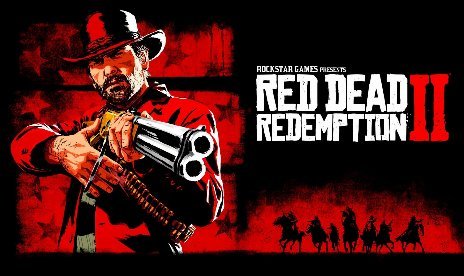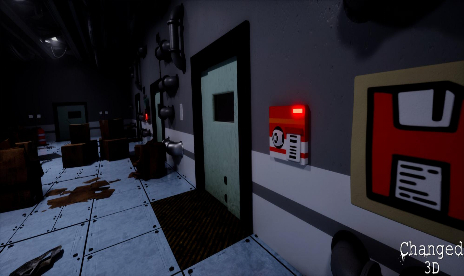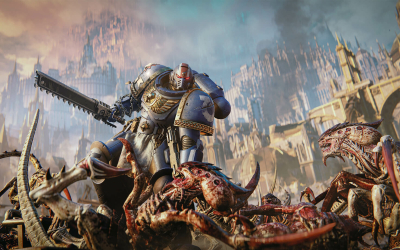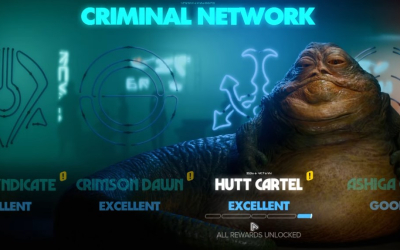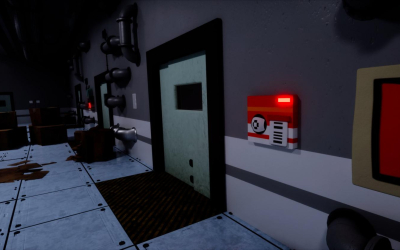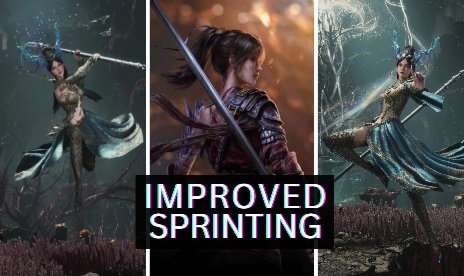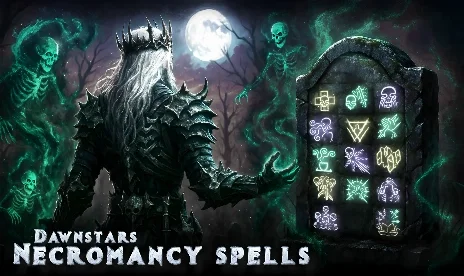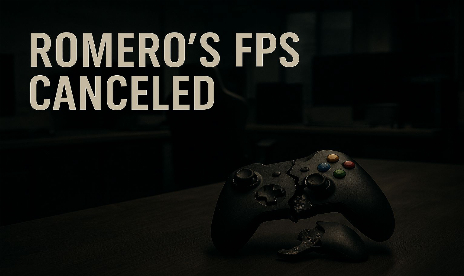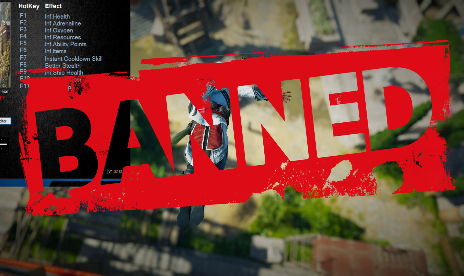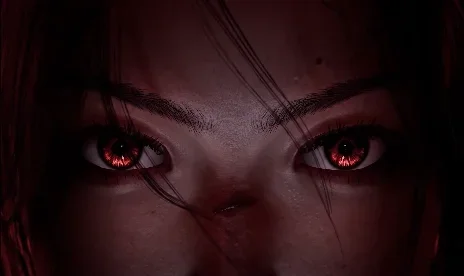Nvidia and Khronos want to use Vulkan for raytracing

Nvidia wants to bring raytracing to as wide an array of hardware and gamers as possible and has partnered with the Khronos Group to do it. Together, it and the open source organization hope to make ray tracing possible on the Vulkan API, which offers huge performance gains over traditional platforms like DirectX and OpenGL.
Together the two organizations have been working on a VK_NV_raytracing extension for the Vulkan API which would allow it to run Nvidia’s new RTX raytracing technology. In theory this could also open up Nvidia’s raytracing tech to AMD graphics card owners as well (thanks Phoronix).
The process isn’t easy though. Raytracing works in very different ways than more traditional techniques like rasterization. While that process moves through logical steps (draw cell, scheduling, vertex shading, rasterization, fragment shading, ROP) raytracing can loop back around on itself. It starts with ray generation, through scheduling, traversal and intersection, a second scheduling stage and then shading… before looping back to the start again as rays bounce around the scene.
The whole process is relatively complicated, but Nvidia recently released a detailed slide show of its development process from the Nvidia GPU Technology Conference from earlier this year. If you want to dig into the nitty-gritty of how it will work when available, check it out.









